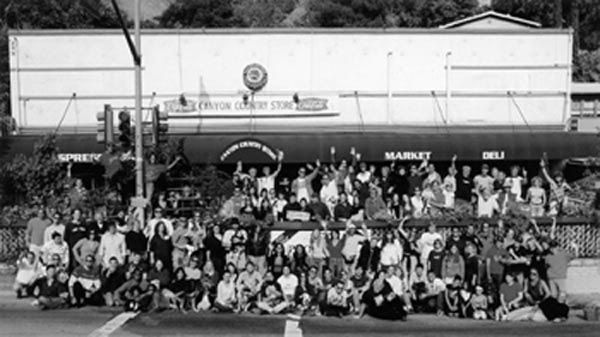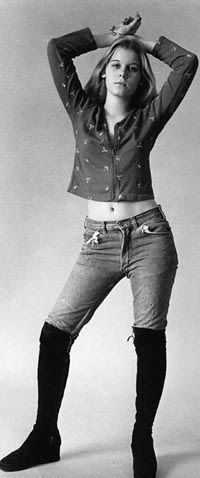 Laurel Canyon: The Inside Story of L.A.'s Legendary Rock 'and Roll Neighborhood
by Michael Walker
Haight Ashbury, Greenwich Village, Carnaby Street and Sunset Strip immediately evoke memories of the 1960s counterculture. Laurel Canyon remains a secondary point on L.A.’s musical roadmap as far as mainstream observers are concerned. Ironically, Laurel Canyon had more of a verifiable creative community than the more famous Sunset Strip, as evidenced by Michael Walker’s history, Laurel Canyon: The Inside Story of L.A.’s Legendary Rock ‘N’ Roll Neighborhood Walker deconstructs the history of the Canyon from its beginning as a playground for silent film stars like Tom Mix to the folkie era to the Canyon’s days as a gathering place for the crème de la crème of L.A.s 60s’ era rock ‘n’ rollers.
Laurel Canyon: The Inside Story of L.A.'s Legendary Rock 'and Roll Neighborhood
by Michael Walker
Haight Ashbury, Greenwich Village, Carnaby Street and Sunset Strip immediately evoke memories of the 1960s counterculture. Laurel Canyon remains a secondary point on L.A.’s musical roadmap as far as mainstream observers are concerned. Ironically, Laurel Canyon had more of a verifiable creative community than the more famous Sunset Strip, as evidenced by Michael Walker’s history, Laurel Canyon: The Inside Story of L.A.’s Legendary Rock ‘N’ Roll Neighborhood Walker deconstructs the history of the Canyon from its beginning as a playground for silent film stars like Tom Mix to the folkie era to the Canyon’s days as a gathering place for the crème de la crème of L.A.s 60s’ era rock ‘n’ rollers.
Morgana Welch
"Young Girls are coming to the Canyon", the Mama and Papas sang in 12:30 and they are indeed a part of the story here. Mama Cass is drawn as the earth mother of the scene, (Nash even says he doesn’t known what his life would be like if he hadn’t met her), while Michelle Phillips was the disruptive muse. Crosby, Stills, Nash and Young, Joni Mitchell, and the Byrds were some of the enclaves’s most famous residents. Frank Zappa’s abode, a cabin that once belonged to silent film star Tom Mix, became the epicenter of Laurel Canyon’s social and creative community. An endless cast of characters visited the Zappa’s, from Mick Jagger and Marianne Faithfull to the ubiquitous GTOs, and Walker recounts their exploits.
Pamela and Michael Des Barres, Kim Fowley and early 70s groupie Morgana Welch, who have probably been interviewed by most L.A. journalists and documentarians about the city’s rock and glam heyday, provide most of the background. Aside from Graham Nash, most of the interview subjects are record execs and scenesters like the Des Barres and Fowley, Crosby has only a few quotes.
 The Canyon's famous residents pose in front of the Country Store
The Canyon's famous residents pose in front of the Country Store
Still, the book provides a nice overview of Laurel Canyon’s rise and fall. Not surprisingly, the community based on idealism and incense and hippie free love began to flounder after the Manson murders. The soulless, cocaine fueled excesses that followed in the mid-70s sent the artistic community into oblivion. While Laurel Canyon doesn’t deliver much in the way of new or startling information, it does serve as a good reference point for younger readers and those unfamiliar with the inner machinations of L.A. rock history.

